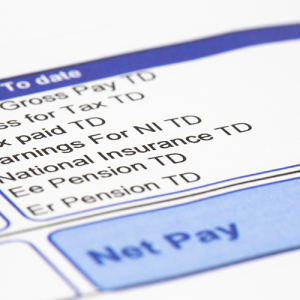16 June 2000
Dr Louise Teare, a consultant medical microbiologist and director of Chelmsford Public Health Laboratory, told the National Audit Office HAI conference that the policy employed by bed managers – which can involve three patients using the same bed in one day – allows insufficient time for cleaning. She said: 'One hundred per cent bed occupancy compromises clinical care and staff morale.'
Elective surgery patients and emergency patients often share wards as a result of the policy. 'These patients being inextricably mixed means, for example, that you can have joint replacement patients next to patients with discharging pus,' said Teare, an infection control doctor for Mid-Essex.
HAIs cost the NHS around £1bn per year. A National Audit Office report published in February estimates that hospitals could reduce this by £150m through good practice.
Speaking at the conference, health minister John Denham announced a plan to minimise the effect of antibiotic-resistant bugs and said guidelines on tackling HAIs were due to be published next month. He also promised a shake-up of the HAI surveillance scheme.
Denham said: 'The levels of hospital-acquired infections in the NHS are unacceptable. There are wide variations in the measures taken by NHS trusts to tackle the problem.
'We need a much better degree of openness and better monitoring of the problem throughout the NHS.'
PFjun2000


















